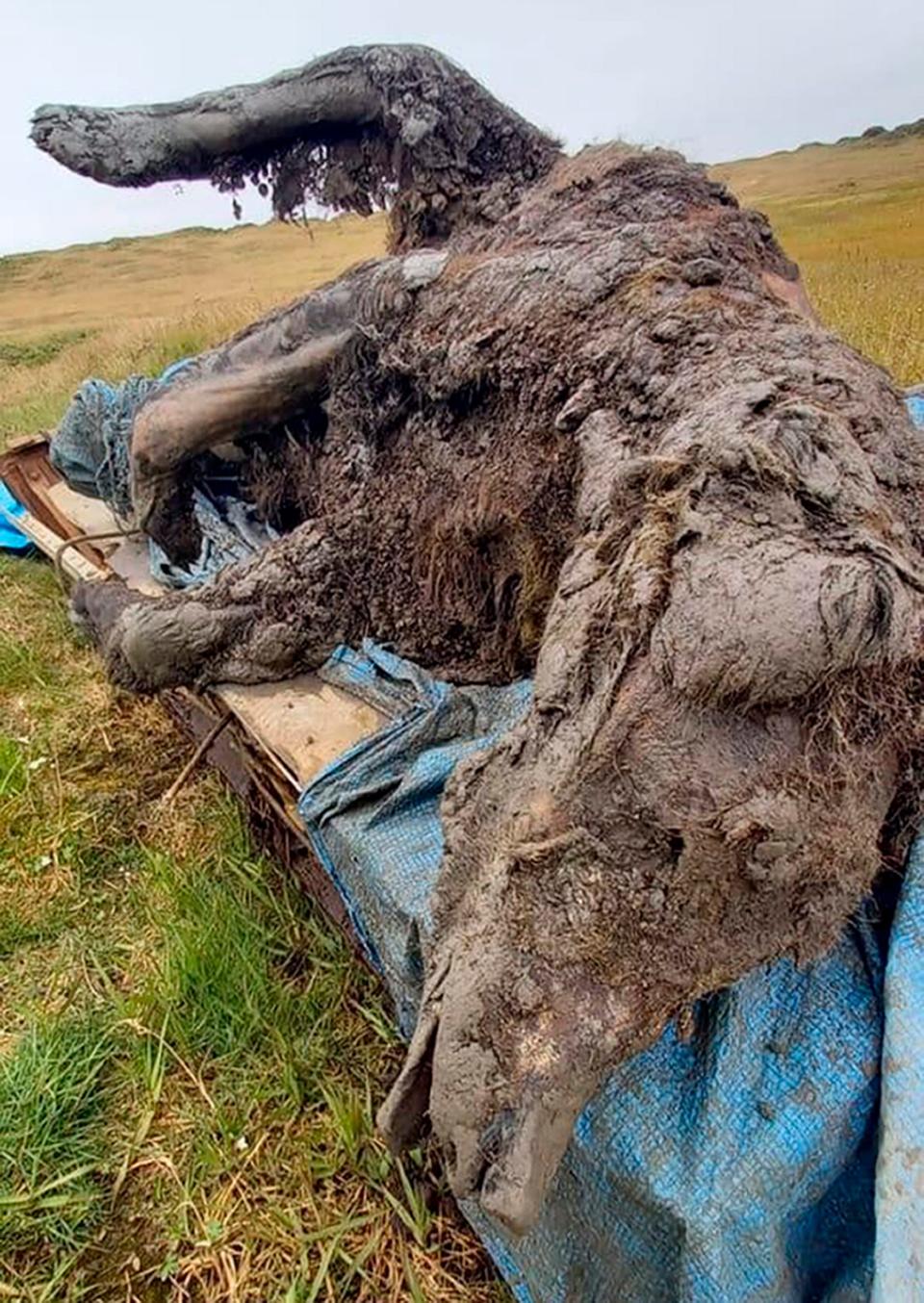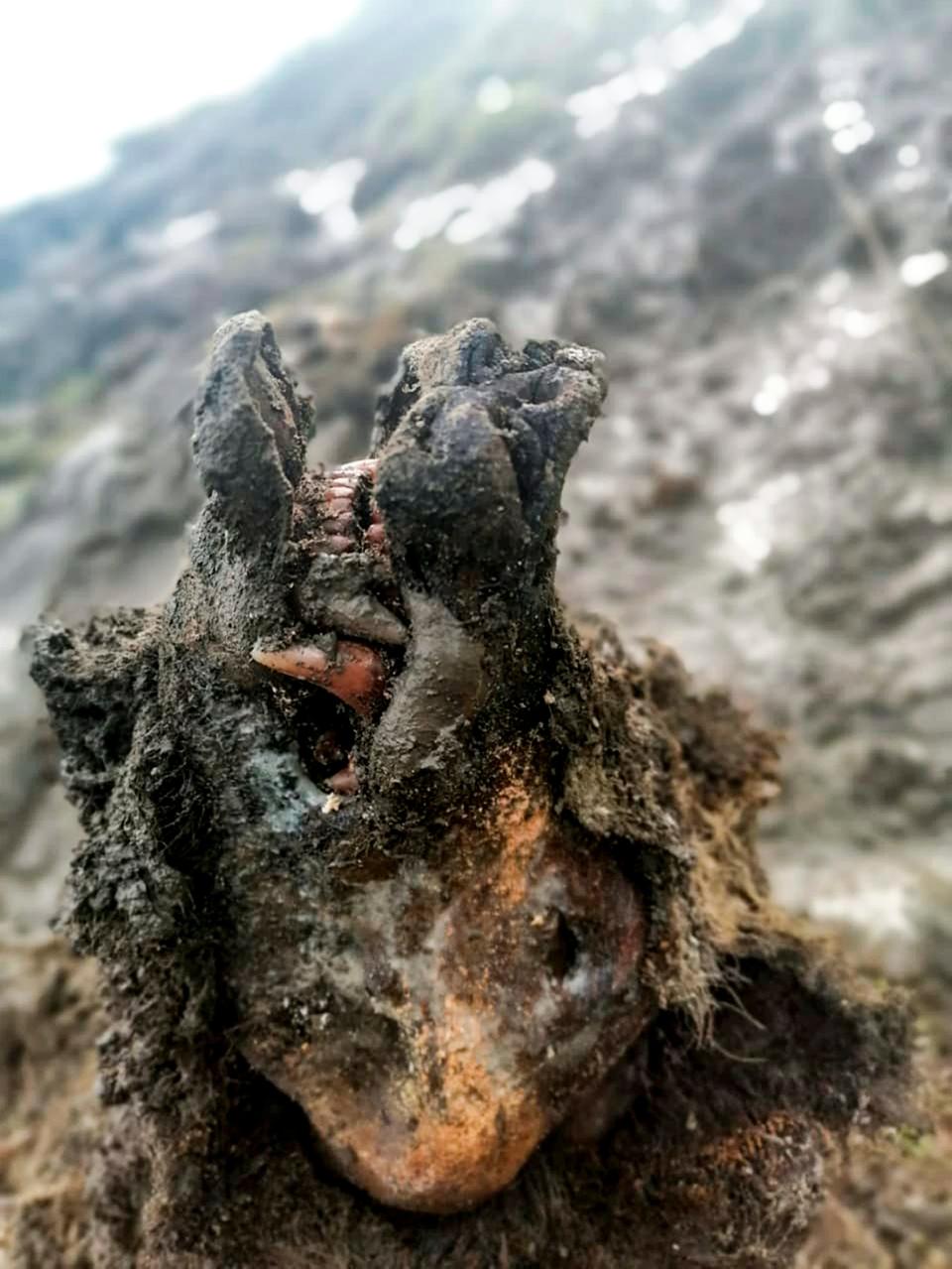'Completely preserved' Ice Age cave bear carcass found by reindeer herders in Russia

Scientists at North-Eastern Federal University (NEFU) in Yakutsk, Russia, on Monday announced a finding of "great importance" — a preserved Ice Age cave bear carcass, estimated to be to be between 22,000 and 39,500 years old.
Even the bear's nose is still intact, the university said in a statement.
The preserved bear was found by reindeer herders on Bolshoy Lyakhovsky Island, part of the Lyakhovsky Islands archipelago in northern Russia, according to a statement from NEFU.
"Today this is the first and only find of its kind — a whole bear carcass with soft tissues," scientist Lena Grigorieva said in a statement. "It is completely preserved, with all internal organs in place including even its nose. Previously, only skulls and bones were found. This find is of great importance for the whole world."
What's a 'zombie fire'? Dangerous underground fires spark record-setting wildfires in Arctic Circle

Radiocarbon analysis will be conducted to determine the exact age of the bear, senior researcher Maxim Cheprasov from the Mammoth Museum laboratory in Yakutsk said in a statement.
Mammoths, woolly rhinos, Ice Age foal, puppies and Cave Lion cubs have been discovered as permafrost melts in Siberia, scientists from NEFU said.
"The cave bear (Ursus spelaeus) is a prehistoric species or subspecies that lived in Eurasia in the Middle and Late Pleistocene period and became extinct about 15,000 years ago," the university said in a statement.
This article originally appeared on USA TODAY: Ice Age cave bear carcass found in northern Russia, university reports

 Yahoo Movies
Yahoo Movies 